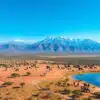Top 10 National Parks in East Africa You Must Explore
East Africa is a treasure trove of natural beauty, offering some of the most breathtaking landscapes, diverse wildlife, and unique ecosystems in the world. The continent is home to famous national parks that are perfect for adventure enthusiasts, wildlife lovers, and anyone seeking a deeper connection with nature. In this article, we will explore the top 10 national parks in East Africa you must explore. Each park is distinct in its offerings, from the Great Migration in Serengeti National Park to the iconic wildlife in Maasai Mara National Reserve. Join us as we embark on an unforgettable journey through the wilds of East Africa!
Key Takeaways
- East Africa is home to some of the world’s most breathtaking national parks.
- Serengeti National Park is renowned for its spectacular wildlife migrations.
- The Maasai Mara National Reserve offers a glimpse into traditional Maasai culture alongside incredible wildlife.
- Bwindi Impenetrable National Park is famous for its mountain gorillas and lush biodiversity.
- Choosing the right national park can tailor your adventure to specific wildlife experiences and landscapes.
Introduction to East Africa’s National Parks
East Africa is renowned for its breathtaking landscapes, rich biodiversity, and vibrant cultures, making it a captivating destination for travelers seeking adventure and immersion in nature. Among the crown jewels of this region are its national parks, each offering unique experiences and insights into the incredible natural world. In this article, we will explore the top 10 national parks in East Africa you must explore. From the sprawling savannahs of the Serengeti National Park in Tanzania to the volcanic landscapes of East Africa’s highest peak in Mount Kilimanjaro National Park, each park boasts its own distinctive charm and array of wildlife. Get ready to pack your bags as we guide you through the most remarkable national parks that promise unforgettable experiences and encounters with some of the planet’s most extraordinary animals.
1. Serengeti National Park, Tanzania
One of the most iconic locations on our list of the top 10 national parks in East Africa you must explore is the Serengeti National Park in Tanzania. This UNESCO World Heritage site is renowned for its astounding wildlife and the breathtaking Great Migration, where millions of wildebeest, zebras, and other animals traverse the plains in search of greener pastures. Visitors to the Serengeti are treated to stunning landscapes defined by vast savannas, rolling hills, and riverine forests, which serve as the perfect backdrop for game drives. Additionally, the park is home to a rich diversity of fauna, including the Big Five – lions, elephants, leopards, buffaloes, and rhinoceroses – making it a premier destination for wildlife enthusiasts and photographers alike. For anyone looking to immerse themselves in the raw beauty and unparalleled wildlife encounters, the Serengeti is undoubtedly a must-visit when exploring the top 10 national parks in East Africa.
‘The clearest way into the Universe is through a forest wilderness.’ – John Muir
2. Maasai Mara National Reserve, Kenya
The Maasai Mara National Reserve in Kenya stands as a beacon of wildlife conservation and natural beauty, making it an indispensable part of the Top 10 National Parks in East Africa You Must Explore. Renowned globally for the Great Migration, where millions of wildebeests and zebras traverse its plains in search of greener pastures, the reserve offers not just breathtaking scenery but also an unparalleled opportunity to witness nature’s grandeur. Visitors can embark on exhilarating game drives that bring them face-to-face with the iconic Big Five: lions, elephants, buffalos, leopards, and rhinos. Beyond the wildlife, the Maasai Mara is rich in cultural heritage, allowing travelers to engage with the indigenous Maasai people and learn about their traditions. Whether you’re a seasoned wildlife enthusiast or a casual visitor, the Maasai Mara National Reserve is an experience that captivates the heart and soul of anyone keen on exploring the wonders of East Africa.
3. Ngorongoro Crater, Tanzania
The Ngorongoro Crater in Tanzania is an extraordinary natural wonder that should be at the top of your list when considering the Top 10 National Parks in East Africa You Must Explore. As one of the largest intact volcanic calderas in the world, the Ngorongoro Crater offers an unparalleled wildlife experience, home to an astounding array of species, including the Big Five: lions, elephants, buffalo, leopards, and rhinoceros. The diverse ecosystems ranging from savannahs to forests provide a unique habitat for both flora and fauna, making it a photographer’s paradise. Not only does the crater offer breathtaking views, but it also holds significant cultural value as a UNESCO World Heritage site, where the Maasai people continue to inhabit and graze their cattle alongside the rich wildlife. Visitors to Ngorongoro can engage in guided safaris and experience breathtaking sunsets over the crater, truly embodying the essence of adventure in one of East Africa’s most remarkable landscapes.
4. Bwindi Impenetrable National Park, Uganda
4. Bwindi Impenetrable National Park, Uganda
Nestled in the southwestern region of Uganda, Bwindi Impenetrable National Park stands out as one of the top 10 national parks in East Africa you must explore. Renowned for its incredible biodiversity, this UNESCO World Heritage Site is home to nearly half of the world’s remaining mountain gorilla population. Visitors are granted the unique opportunity to trek through lush, dense forests to observe these majestic creatures in their natural habitat. Beyond gorilla tracking, the park offers a variety of exhilarating activities like birdwatching and hiking, making it a haven for nature lovers. The rich cultural heritage of the surrounding communities adds an extra layer of depth to your visit, with opportunities to engage with local traditions and crafts. Whether you’re an avid wildlife enthusiast or simply seeking an unforgettable adventure, Bwindi Impenetrable National Park promises an experience that beautifully embodies the essence of East Africa’s natural wonders.
5. Tsavo National Park, Kenya
Tsavo National Park, one of the largest and most spectacular parks in the world, is a must-visit destination when exploring the Top 10 National Parks in East Africa You Must Explore. Spanning over 22,000 square kilometers, this iconic park is divided into two sections: Tsavo East and Tsavo West, each offering unique landscapes and rich wildlife diversity. In Tsavo East, you can witness the breathtaking sight of the red elephants, famous for their earth-toned color, while Tsavo West enchants visitors with its lush vegetation, scenic hills, and abundant birdlife. Moreover, the park is renowned for its opportunities to spot the formidable Big Five: lions, leopards, elephants, and rhinoceros. Whether you’re an avid photographer, a nature enthusiast, or simply seeking adventure, Tsavo National Park promises an unforgettable experience in the heart of East Africa’s wilderness.

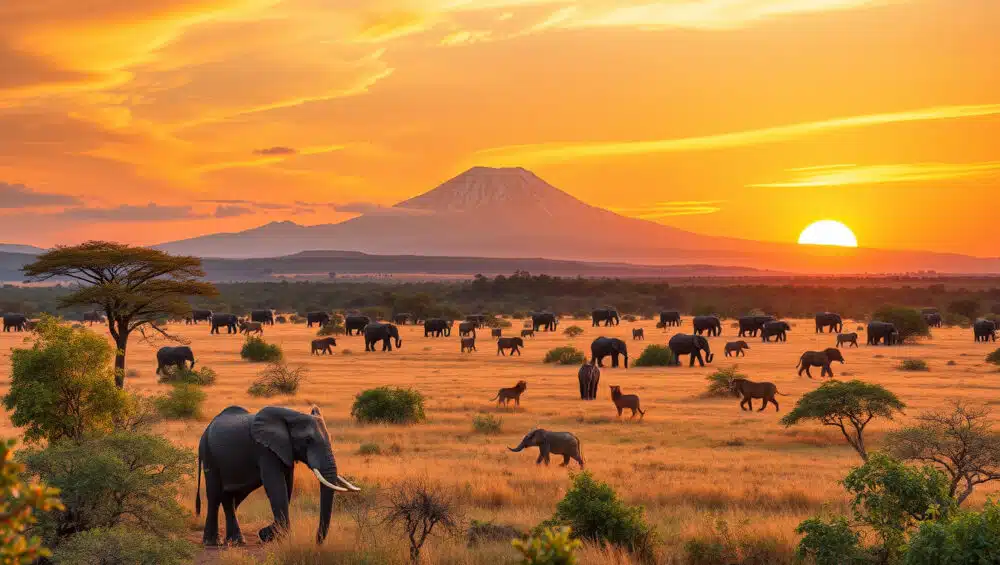



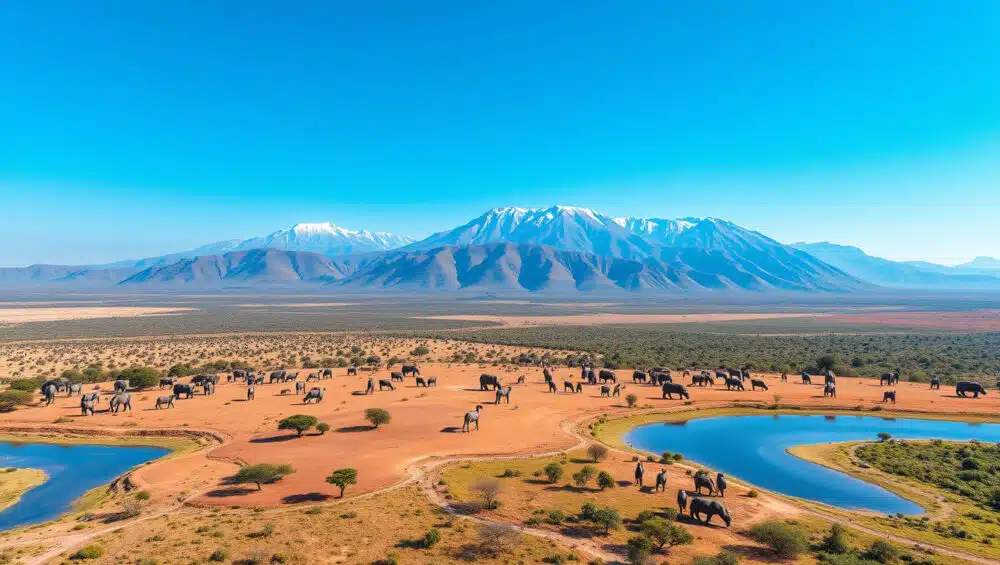



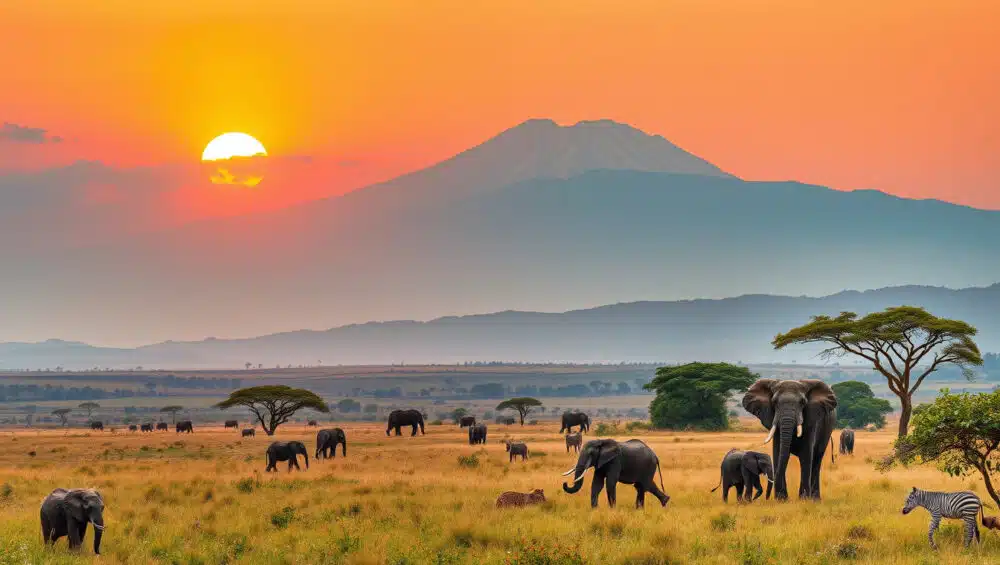



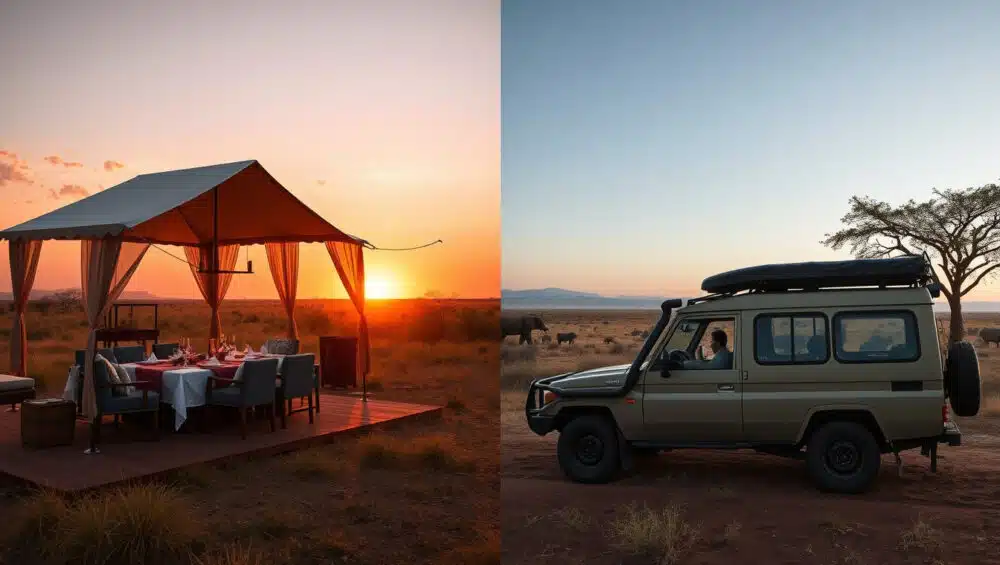







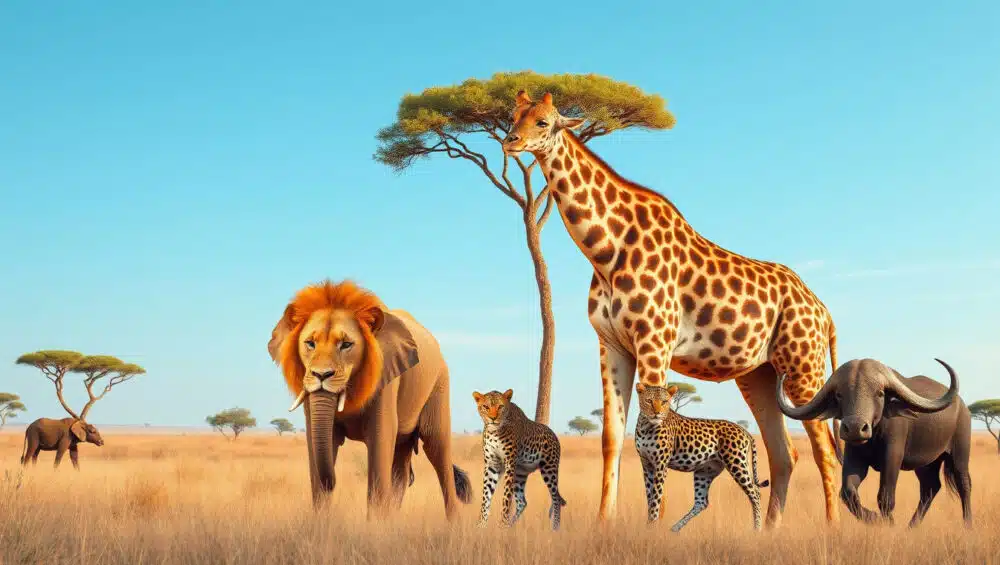



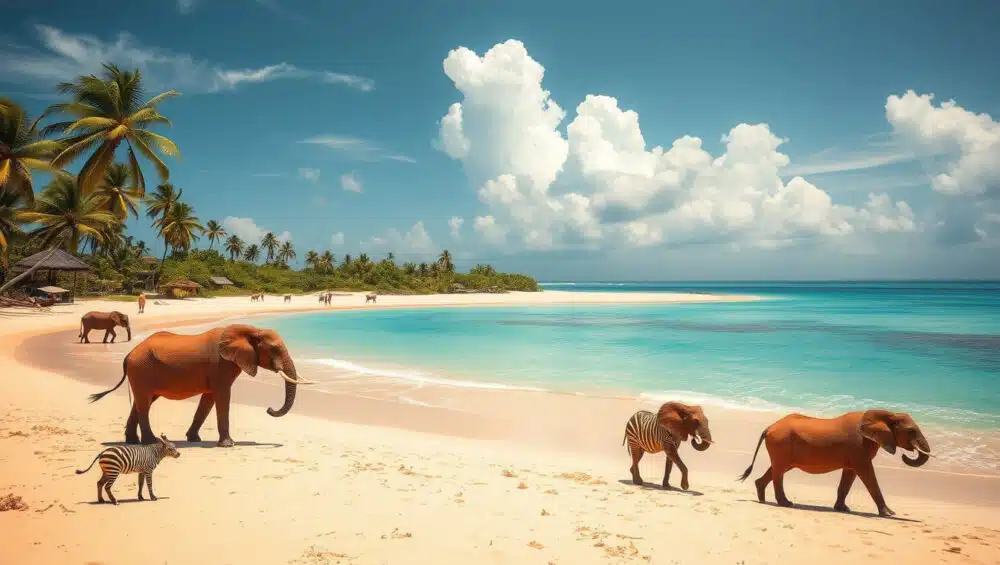



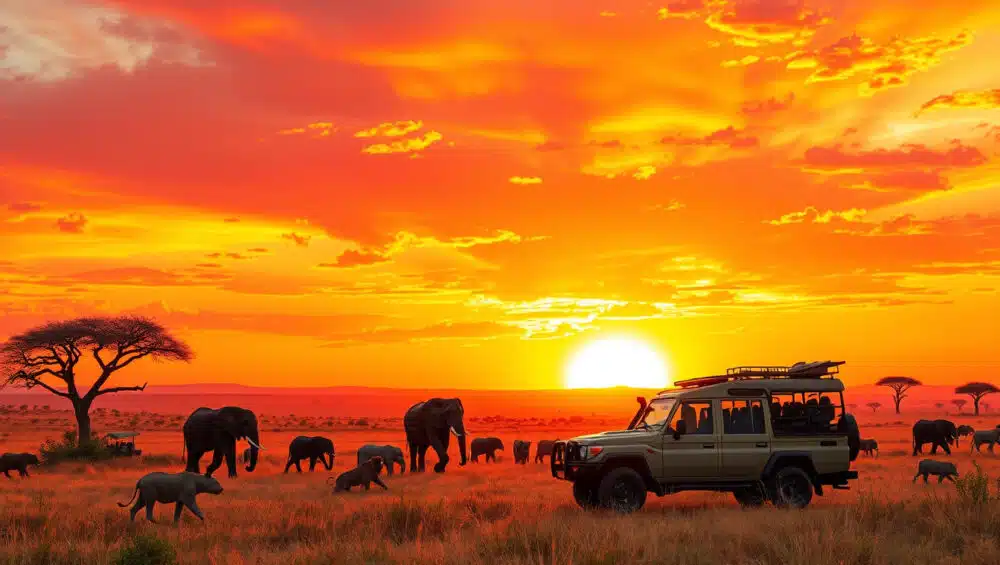



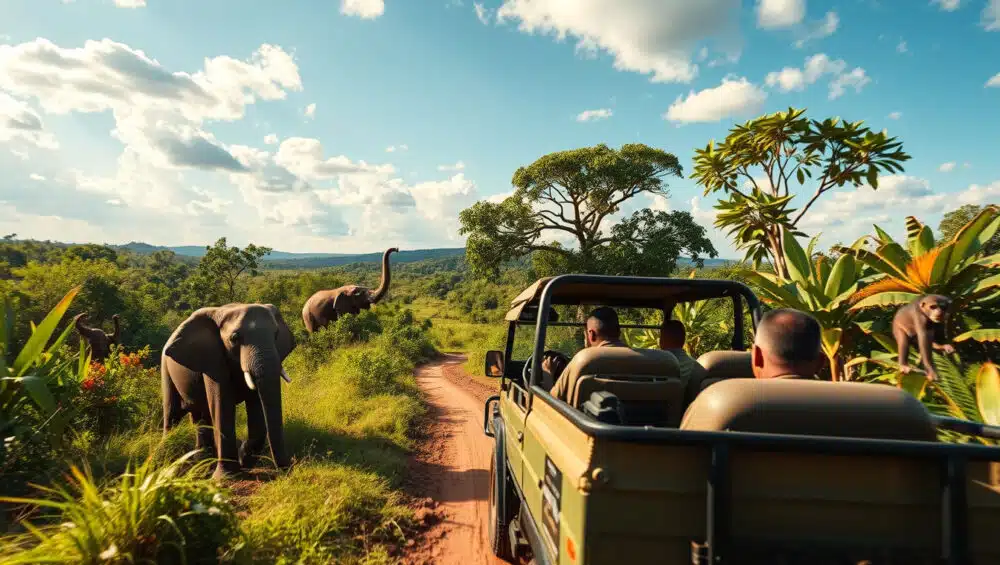
 Uganda‘ style=’display: block; margin: auto; max-width: 100%; height: auto;’>
Uganda‘ style=’display: block; margin: auto; max-width: 100%; height: auto;’>

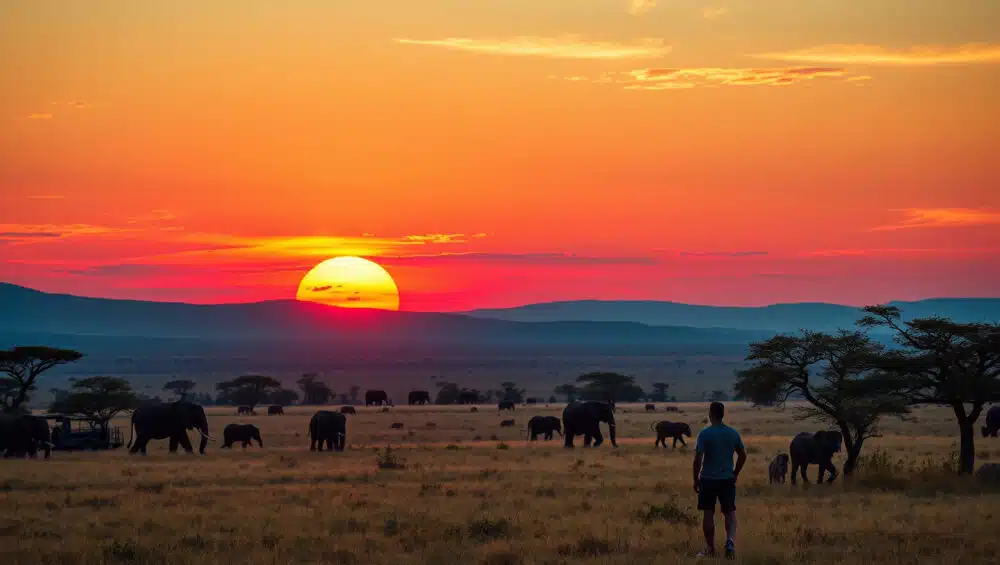


 Tanzania is undoubtedly an adventure of a lifetime, but safety should be at the forefront of every traveler’s mind as they plan their journey. As highlighted in ‘A First-Timer’s Guide to Planning a Safari in
Tanzania is undoubtedly an adventure of a lifetime, but safety should be at the forefront of every traveler’s mind as they plan their journey. As highlighted in ‘A First-Timer’s Guide to Planning a Safari in 
